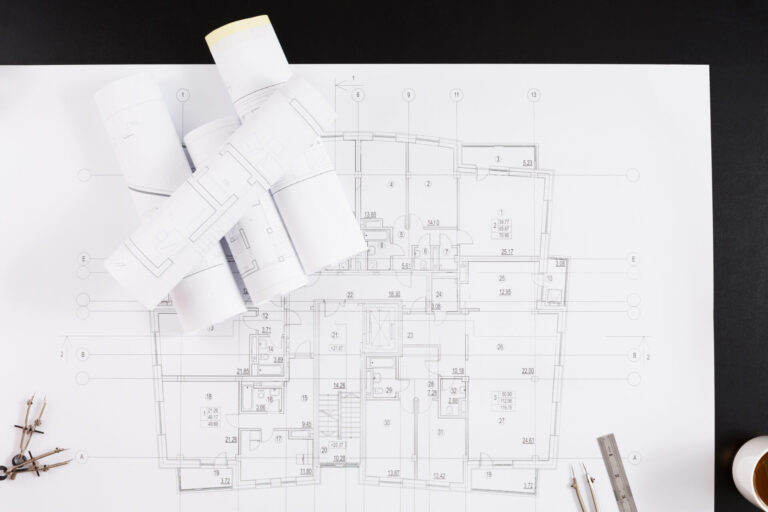The real bottleneck in office space construction isn’t labor or materials—it’s decision-making. The way we determine what gets built, how it’s laid out, and how efficiently we use space hasn’t fundamentally changed since AutoCAD/Revit launched in the 1980s. While construction methods have evolved, planning remains manual, slow, and reactive.
The result? Weeks lost in test fits. Multiple rounds of revisions. Construction teams waiting for approvals.
Now, AI is rewriting that process. qbiq, an AI-driven architectural planning platform, automates space planning—generating optimized layouts, 3D tours, CAD/Revit/Revit files instantly. For design-build and construction firms, this isn’t just a shift in planning, it’s a new workflow that eliminates friction, reduces rework, and accelerates project starts.
The Hidden Cost of Manual Planning
Every delay in planning translates into lost time for contractors:
- Test fits typically take 2-4 weeks. That’s time spent waiting for layouts to be validated.
- Revisions add another 1-2 weeks per cycle. Every tweak slows down the project.
- Miscalculations cause costly changes mid-build, forcing last-minute material and labor adjustments.
At scale, these inefficiencies add up to months of wasted time, impacting revenue and project pipeline efficiency.
AI in Planning: What Changes for Construction Firms?
With AI-driven planning, design-build and construction firms move from waiting for approvals to working with real-time data.
- 24-Hour Turnaround on Space Planning
- qbiq generates multiple test fits and 3D visualizations in a day, not weeks.
- No more waiting on architects to manually draw iterations.
- Build-Ready CAD/Revit and Compliance Outputs
- Ready-for-construction CAD/Revit files mean contractors can move straight to execution.
- Eliminates back-and-forth design adjustments on-site.
- Accurate Quantity Takeoffs and Cost Estimations
- AI-driven layouts come with material breakdowns, reducing scope creep and mid-project budget overruns.
- Contractors get clearer upfront budgets, avoiding costly change orders.

Read more:
Real-World Impact: Faster Buildouts, Higher Margins
AI planning isn’t theoretical, it’s already impacting real projects:
- A landlord in Romania used qbiq to generate AI-driven layouts, helping secure a tenant in weeks instead of months, accelerating construction start.
- A co-working company optimized its layout and added 21 extra workstations—boosting revenue by 13% without increasing square footage.
- Colliers Japan Design-build Division used AI to produce high-res test fits in 24 hours, giving them a competitive advantage, which meant faster contract signings and earlier buildout starts.
Who Gains, Who Gets Left Behind?
Winners:
- Design-build firms that integrate AI planning – Faster approvals mean fewer slowdowns.
- GCs who adopt AI-driven space validation – Less redesign work, more accurate bidding.
- Developers optimizing space pre-construction – Higher utilization, better tenant fit.
Losers:
- Firms relying on manual test fits – They’ll lose projects to faster-moving competitors.
- Teams waiting on architects for multiple revisions – AI delivers the same results in a fraction of the time.
The Strategic Playbook: AI for Design-Build Firms
- Make AI-Generated Plans Your Starting Point
- AI-based space planning should replace traditional test fits. It’s faster, scalable, and removes bottlenecks.
- Move Straight from AI Outputs to Construction Docs
- If your team still needs manual redrawing after a test fit, you’re already behind. AI-generated CAD/Revit files are build-ready.
- Leverage AI for Cost Accuracy
- AI-generated plans come with precise material and cost estimations, eliminating last-minute overruns.
The Future: AI-Driven Construction
For design-build and construction firms, this is the shift that unlocks speed, efficiency, and profitability. The firms that embrace AI planning today will be the ones leading AI-powered construction tomorrow.
The era of manual, reactive planning is over. The firms that adapt will build faster, win more projects, and increase margins. Those that don’t? They’ll keep waiting for approvals while the competition is already breaking ground.








